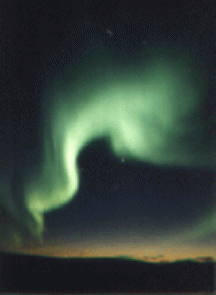Photo courtesy of Jyrki Manninen
The Ionosphere
Scientists call the ionosphere an extension of
the thermosphere. So technically, the ionosphere is not another atmospheric layer. The ionosphere represents less than 0.1% of the total mass of the Earth's atmosphere. Even though it is such a small part, it is extremely important!
The upper atmosphere is ionized by solar radiation. That means the Sun's energy is so strong at this level, that it breaks apart molecules. So there ends up being electrons floating around and molecules which have lost or gained electrons. When the Sun is active, more and more ionization happens!
Different regions of the ionosphere make long distance radio communication possible by reflecting the radio waves back to Earth. It is also home to auroras.
Temperatures in the ionosphere just keep getting hotter as you go up!
You might also be interested in:

The thermosphere is a layer of Earth's atmosphere. The thermosphere is directly above the mesosphere and below the exosphere. It extends from about 90 km (56 miles) to between 500 and 1,000 km (311 to
...more
The plasmasphere is a donut-shaped region inside the Earth's magnetosphere. It is basically an extension of the ionosphere, or the topmost part of the Earth's atmosphere. The magnetic field lines of the
...more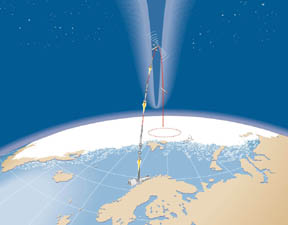
After having to wait weeks for the right solar and atmospheric conditions, scientists were finally able to launch CAPER--the Cleft Acceleration Plasma Experimental Rocket. It was launched from the Andoya
...more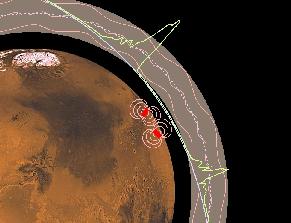
The Martian ionosphere is a layer of gas that is very high up above Mars and is composed of ions and electrons. It extends from about 75 miles up to several hundred miles up above the surface. It is shown
...more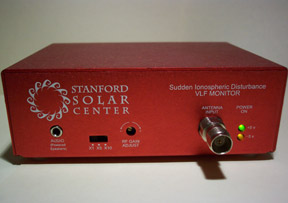
Interested in doing a project related to space weather for a science fair? The Stanford SOLAR Center provides information about space weather monitors that you can build yourself, including the Sudden
...more
Spacecraft help us observe and measure space weather. We also make some kinds of space weather measurements from the surface of Earth. Satellites are better for some kinds of observations. However, observations
...more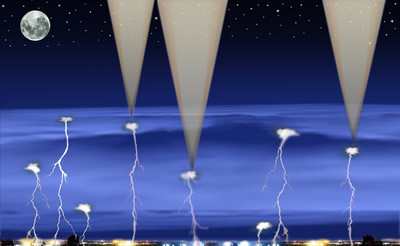
Scientists and students have designed a new satellite called Firefly for the CubeSat program. The Firefly satellite is the size of a loaf of bread and consists of three cubes attached end to end in a rectangular
...more
